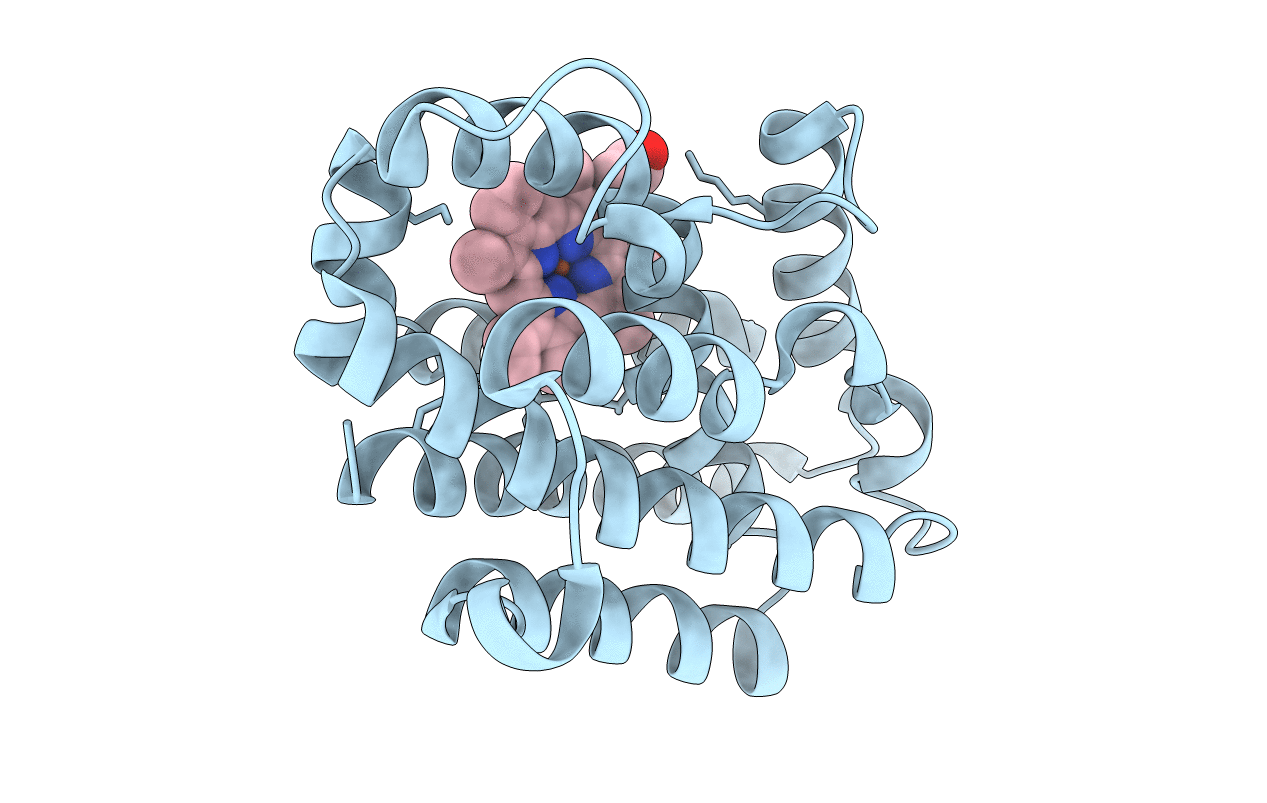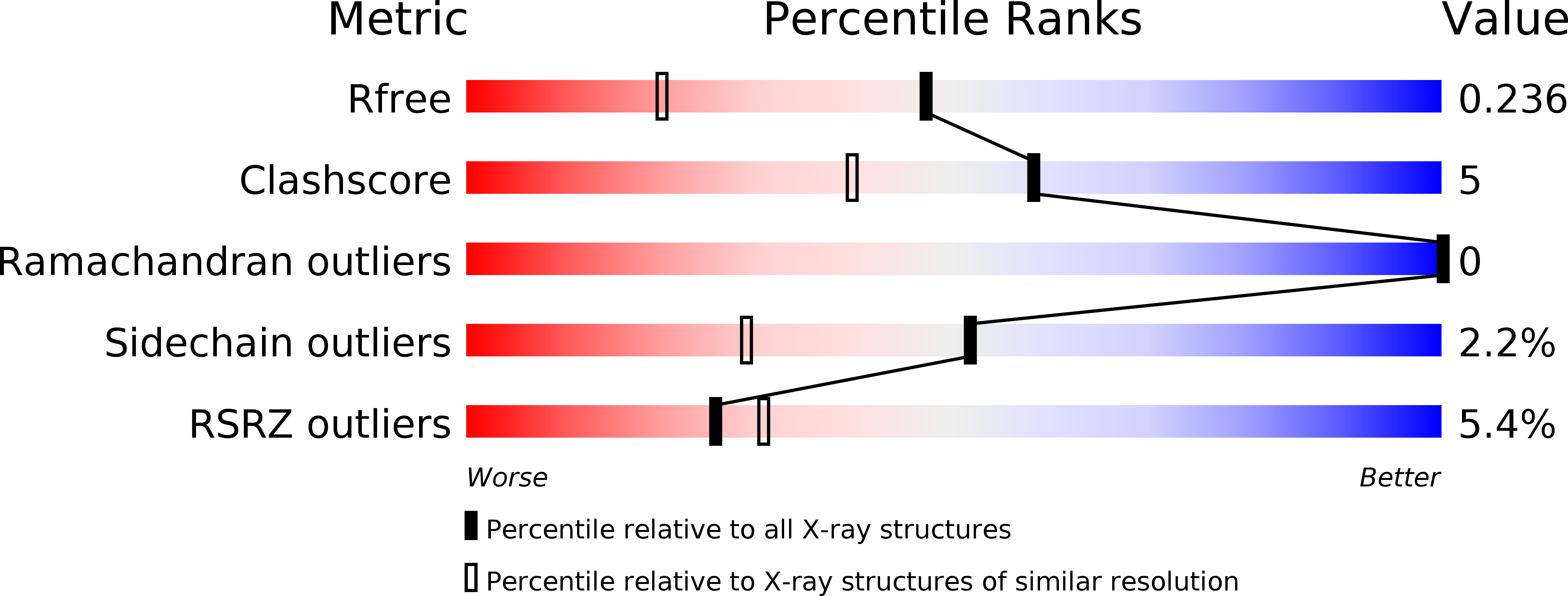
Deposition Date
2016-07-25
Release Date
2017-07-26
Last Version Date
2023-10-04
Entry Detail
PDB ID:
5KZL
Keywords:
Title:
Structure of Heme Oxygenase from Leptospira interrogans
Biological Source:
Source Organism:
Leptospira interrogans (Taxon ID: 173)
Host Organism:
Method Details:
Experimental Method:
Resolution:
1.73 Å
R-Value Free:
0.22
R-Value Work:
0.18
R-Value Observed:
0.18
Space Group:
P 21 21 21


